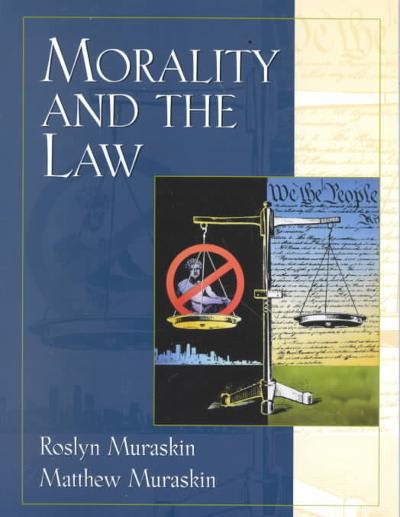Question
Facts - Remedies Aaron saw that Bevan had advertised a rundown house for sale. Aaron inspected it. During the inspection, Bevan falsely represented that the
Facts - Remedies
Aaron saw that Bevan had advertised a rundown house for sale. Aaron inspected it. During the inspection, Bevan falsely represented that the house was designed by Christine Cornwall, a famous architect. This statement was not promissory and did not become a term of the contract. It was also not made in trade or commerce. Bevan knew that, in fact, the house was designed by a student of Christine Cornwall, Dora D'Eath.
Aaron thought himself a specialist in architecture - spoiler alert: he wasn't - and did his own negligent assessment of the house. His assessment
informed his belief that the house was designed by Christine Cornwall. He decided to buy it and restore it to its former glory.
Aaron entered a contract with Bevan to purchase Bevan's residential home for $500,000. A house designed by Dora D'Eath in the same condition was worth $450,000. The parties settled, Aaron became the registered owner and moved in.
Aaron hired Everyday Builders to restore the house for $20,000. Everyday Builders expressly promised to use original materials in accordance with the materials originally used to construct the house.
Aaron paid a $2,000 deposit. Everyday Builders completed the work. However, they used cheap substitute materials to save money. The finished work looked authentic if not closely inspected. Aaron paid to Everyday Builders the balance of the price for the restoration work.
Some time later, Aaron noticed that something was not quite right with the materials used to restore the house. Aaron hired Farrelly & Co, another builder, to inspect the work done by Everyday Builders. Farrelly & Co confirmed that Everyday Builders had used cheap substitute materials. Farrelly & Co also informed Aaron that the house was not designed by Christine Cornwall but rather was designed by Dora D'Eath.
Farrelly & Co said that they could remove the work done by Everyday Builders and restore the house with original materials for $45,000. The house - after the work done by Everyday Builders - was worth $470,000. If Everyday Builders had used proper original materials, it would have been worth $485,000.
Aaron does not think that he could suffer through another restoration and is seriously considering just selling the property. Aaron also pulled out of a competition he had entered with the Historical Homes Society for the 'Best Authentic Restoration Project' of 2021. His home had been short - listed as one of ten finalists and he could have won $50,000 for the restoration of his home. However, the rules required that the restoration be done with original materials.
Question 4 (8.5 marks)
Aaron sues Everyday Builders for breach of contract. Identify and apply the tests of
causation and remoteness that you would apply. Assess the damages that he would receive.
Question 5 (5.5 marks)
Aaron decides not to sell the property after receiving the news from Farrelly & Co.
Rather, he seeks rescission of the contract. Would he get it? Your response should identify the principle that makes the contract voidable.
Step by Step Solution
There are 3 Steps involved in it
Step: 1

Get Instant Access to Expert-Tailored Solutions
See step-by-step solutions with expert insights and AI powered tools for academic success
Step: 2

Step: 3

Ace Your Homework with AI
Get the answers you need in no time with our AI-driven, step-by-step assistance
Get Started


